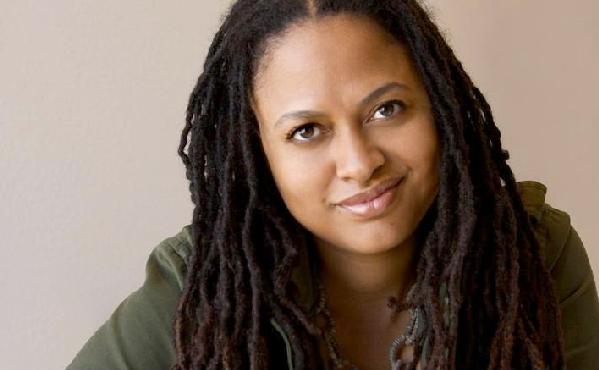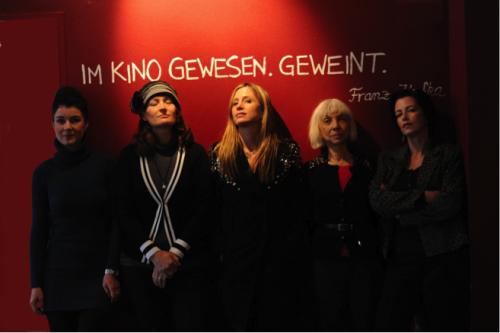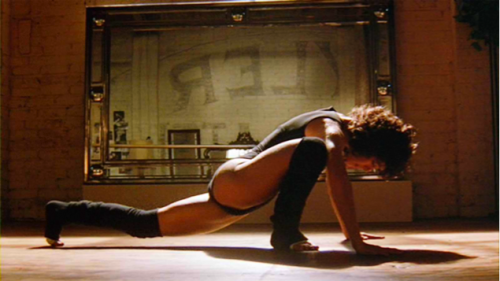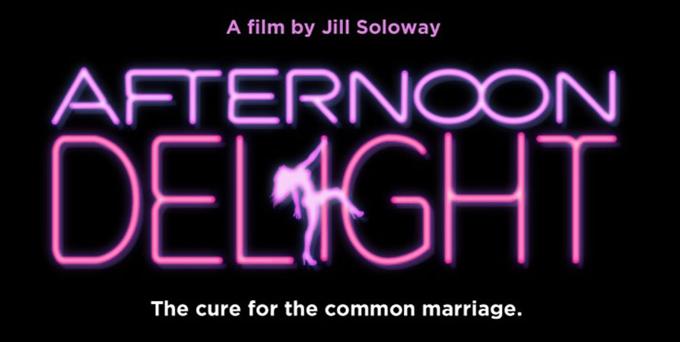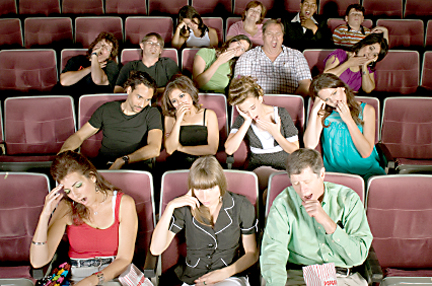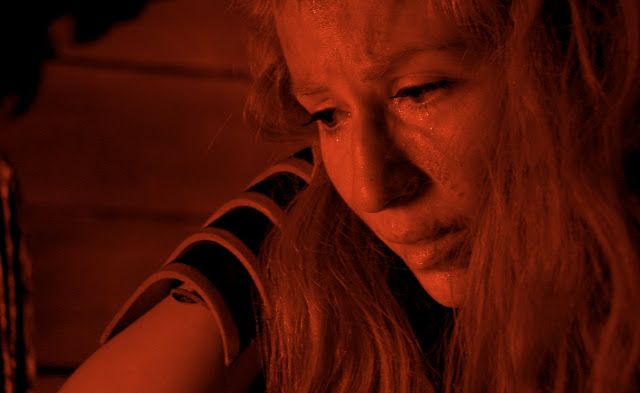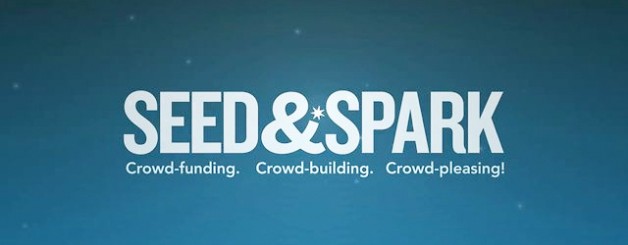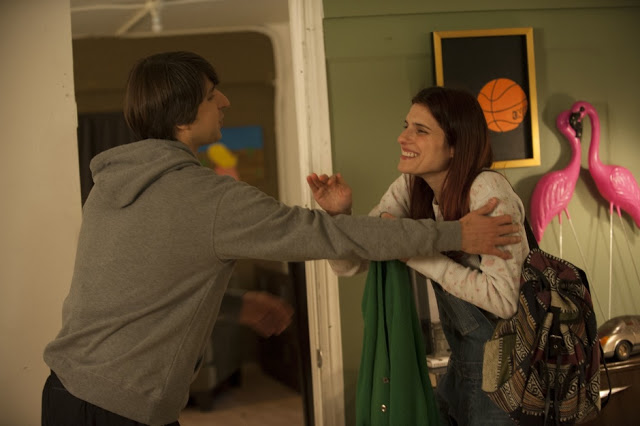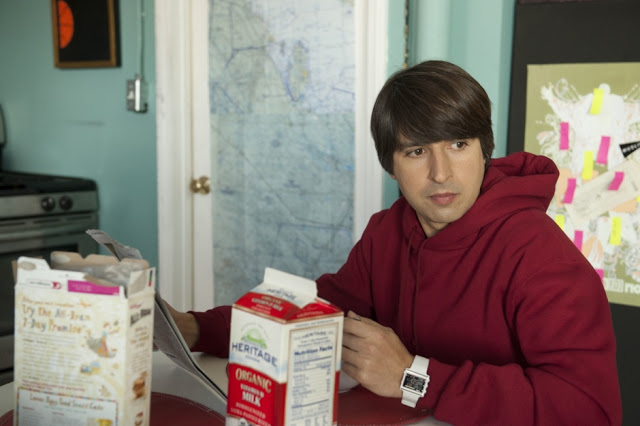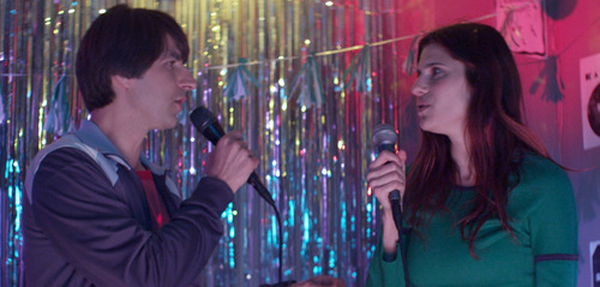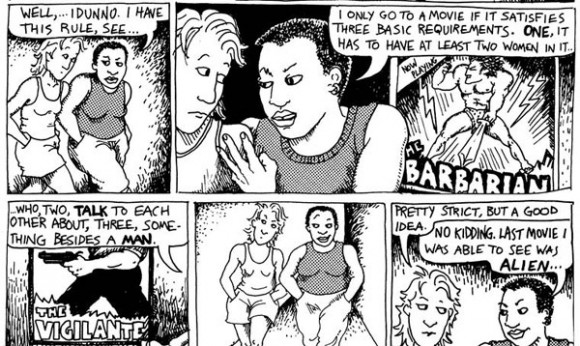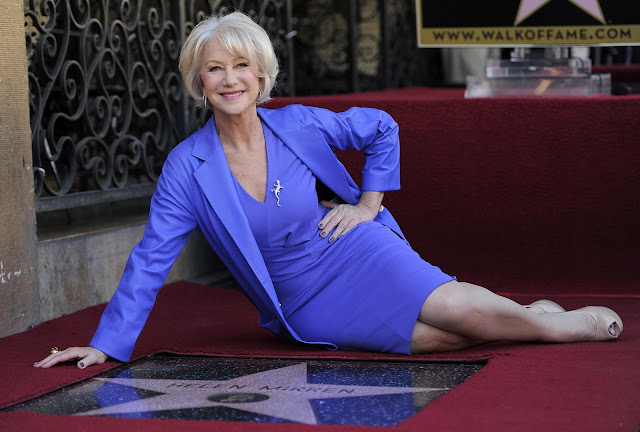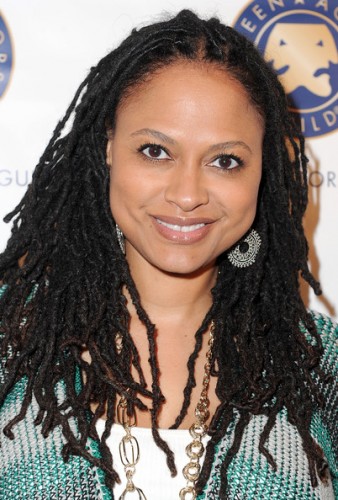
This is a guest post by Barbara Ann O’Leary.
I’m really inspired these days by filmmaker, entrepreneur, community builder Ava DuVernay – inspired about film and about life. IndieWire named her one of their 40 top Industry Influencers and they definitely got it right when they put her in their “Shapeshifter” category. She is indeed a shapeshifter. She’s not only transforming herself, but she’s calling into being a highly fluid, passionately creative era in filmmaking. She’s inviting us all to shift our perceptions and change our world. She’s calling on us to step out of a sense of desperation and lack, look around, notice what we have available to us, and begin to create.
In a recent interview during her visit to Indiana University Cinema, Ava shared about her approach to actively engaging with what she has access to in the moment: “I HAVE an idea. I HAVE the passion. I HAVE friends. I HAVE this little bit of money. I HAVE this location. I HAVE access to this camera. OK, I can make something with those things I have instead of focusing on all the things I did not have. All the things I wanted. My needs start to change. And my posture became much more active. And I was moving forward as opposed to standing still.”
This is a radical act of power. Saying YES to what is available in this moment. We have what we need right now. Begin!
She expanded on these themes during her incisive Film Independent Forum Keynote speech in October. Have you taken time to really watch and listen to what she shared there? I hope you’ll let her insights sink into your consciousness and start to inform how you move through your life. Here it is. Go ahead and soak it up. I’ll wait.
[youtube_sc url=”http://youtu.be/-pFoBks5ly0″]
What sparked you? Something she shared that resonated strongly with me was what she wants to say to people when they’re feeling and acting desperate: “Knock it off. It doesn’t work. It’s never going to work for you, that feeling of, ‘I need help. I need all these things to proceed.’ And when I got that, a revolution happened for me and that’s when things started to change.”
She went on to stress: “I didn’t stop being desperate because things started to go my way, I changed my mind and things started to go my way.”
It thrills me to hear a filmmaker stand on such a public stage and make the clear, bold statement that perceptual shifts change our lives. It reminded me of something Alberto Villoldo shared in his book Shaman, Healer, Sage: “Shamans are people of the percept. When they want to change the world, they engage in perceptual shifts that change their relationship to life. They envision the possible, and the outer world changes.”
Filmmakers are people of the percept too. They change the way we see the world. Ava’s calling on us to shapeshift our awareness to create new experiences for ourselves. She’s a bold example of how perceptual shifts lead to transformation. Let’s change the way we see ourselves as creators and watch our experiences truly shift. I’m ready for a revolution in consciousness about creativity and authenticity.
But I also know that this is a process that benefits from concrete practice as we move from old ways of seeing ourselves and the world around us. Even though I work extensively with perception and consciousness, I still find myself in need of reminders to wake up to this moment and what’s arising right now. As I sat down to write this blog post this morning, I caught myself thinking, “Oh, no! I don’t have enough time.” When I noticed the thought, I got a good laugh out of it. I took a breath and assured myself that I HAVE what I need. I HAVE this little bit of time. I HAVE these things to share. I HAVE the opportunity to share them with this community of film makers and film lovers. I HAVE the passion to share what arises from the depth of my being. I HAVE what I need at this time.
And so do we all. Join me in shifting perceptions and opening up to our creative potential. I can’t WAIT to see what we all bring forth.
[youtube_sc url=”https://www.youtube.com/watch?v=uJQ_u1mKXsQ&list=UU_j7tb-Po6x8WslwmuEJ-2Q”]
Addendum: Just as I was completing this I felt drawn to look at Facebook. I found this link to a brand new blog post by my friend Jenn Will about the nature of grasping: Aparigraha (Non-possessiveness, Non-grasping). It relates to what I’ve been writing about here, so I’m passing it along. It’s a sign that what we need arrives when we need it. Enjoy.
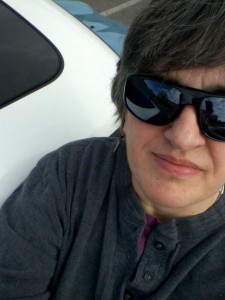
Barbara Ann O’Leary, Indiana University Cinema’s Outreach Specialist, loves to help people engage authentically. Recent projects include: Every Everything: The Music, Life & Times of Grant Hart (Executive Producer), Indy Film Festival (Screening Committee), Indiana Filmmakers Network Made in Bloomington Film Series (Programmer), Bloomington Screenwriting Community (Founder/Facilitator). A Film Explorer/Blogger, Barbara shares her adventures in film and reports on her initiative A Yearlong Film Viewing Balancing Act at O’Leary’s Reel Life: http://olearysreellife.tumblr.com/. She’s available to work one to one with people who would like support in making the perceptual shifts that will align them more deeply with their authentic creative core.
